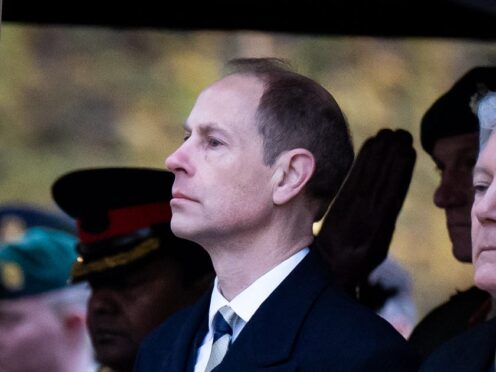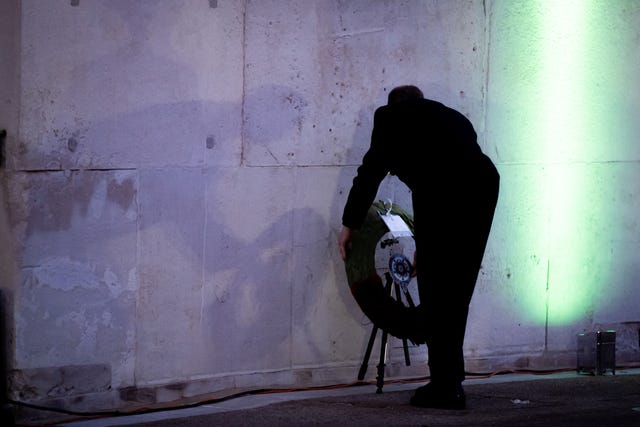
The Duke of Edinburgh has led the nation in commemorating Australia and New Zealand’s war losses during a poignant dawn service marking Anzac Day.
Edward laid a wreath at Hyde Park Corner in London, which is home to war memorials for both southern hemisphere countries.
Hundreds of Australians, New Zealanders, and military personnel watched as the duke left a floral tribute of red poppies and white flowers in the early morning light.
The royal family also paid their respects to the New Zealand and Australian fallen on social media.
Later on today, Edward will lay an Anzac wreath on behalf of the King at the Cenotaph.
He will also attend the annual Gallipoli Association wreath-laying ceremony in the crypt at St Paul’s Cathedral.
Anzac Day, April 25, marks the anniversary of the start of the First World War Gallipoli landings and is a national day of remembrance for Australia and New Zealand.

Thousands of Anzac troops, Australian and New Zealand Army Corps, died alongside British allies in the ill-fated 1915 campaign.
Waves of Allied forces launched an amphibious attack on the strategically important Turkish peninsula, vital to controlling the Dardanelles straits and the crucial route to the Black Sea and Russia.
However, the plan backed by Winston Churchill, then first lord of the admiralty, was flawed, and the campaign, which faced a heroic defence by the Turks, led to a stalemate and withdrawal eight months later.
Today is #ANZACDay – which honours the members of the Australian and New Zealand Army Corps (ANZAC) who served and died in all wars, conflicts, and peacekeeping operations. pic.twitter.com/cg6iRKANyH
— The Royal Family (@RoyalFamily) April 24, 2024
Its legacy is the celebration of the “Anzac spirit”, courage, endurance, initiative, discipline, and mateship shown by the Antipodean troops.
Today, the Anzac Day service in London has become an important moment for thousands of New Zealanders and Australians.

Enjoy the convenience of having The Sunday Post delivered as a digital ePaper straight to your smartphone, tablet or computer.
Subscribe for only £5.49 a month and enjoy all the benefits of the printed paper as a digital replica.
Subscribe